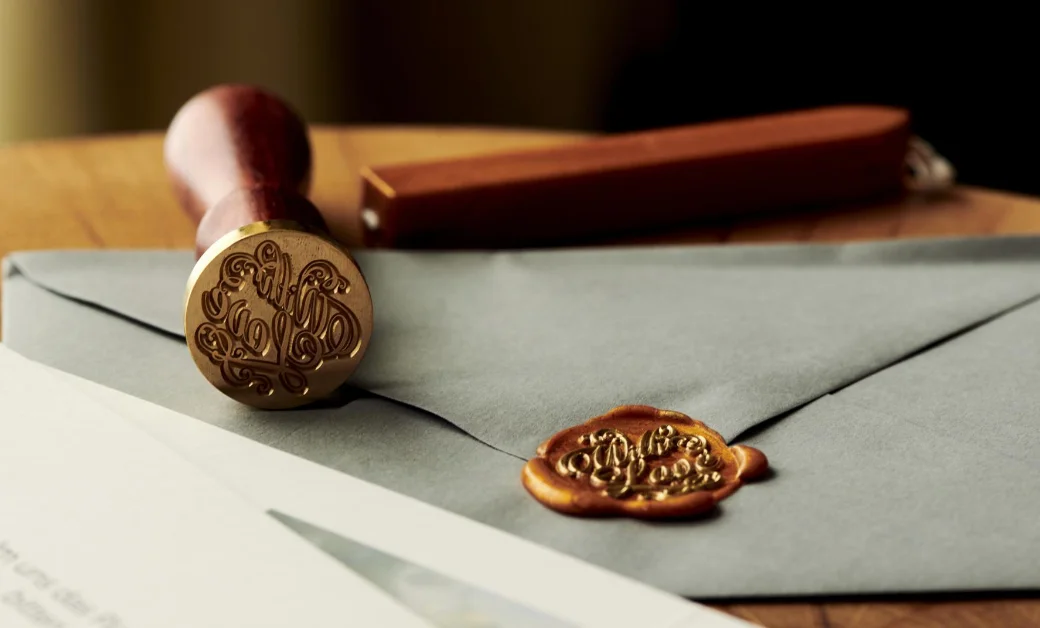Patent Maintenance: Best Practices for Keeping Your Patents Valid
- July 27, 2023
- By Sarita Thomas
- Read 4 minutes
Patents represent a critical form of intellectual property (IP), providing their holders with exclusive rights to their inventions. As such, the importance of these legal protections extends far beyond their initial acquisition. In fact, the maintenance of a patent can be just as consequential as its original procurement. The United States Patent and Trademark Office (USPTO) reported in 2022 an annual patent grant rate of around 391,000 patents. However, without the diligent maintenance and protection of these patents, they could lapse or become invalidated, representing a potentially significant loss in protection and financial opportunity. In this context, this article explores the best practices for maintaining patent validity to ensure that innovators and startups can maximize their IP assets’ value.
The Critical Role of Patent Maintenance
A patent follows a lifecycle that typically encompasses four key stages: application, prosecution, grant, and maintenance. Each of these stages carries its own set of opportunities and challenges for patentees, requiring strategic handling to optimize the patent’s value. According to the World Intellectual Property Organization (WIPO), approximately 3.3 million patent applications were filed worldwide in 2019 alone. Consequently, there’s a strong need for patent holders to efficiently manage each stage of their patents’ lifecycle to maximize their overall IP value.
Navigating Potential Pitfalls
The failure to properly maintain patents can lead to dire consequences, including their invalidation. This issue is particularly pronounced in the United States, where an estimated 50% of all patents lapse before reaching the 12-year mark due to the non-payment of maintenance fees, as reported by the USPTO. Such lapses can result in the loss of exclusive rights to potentially lucrative inventions, severely impacting the patent holder’s business or financial prospects.
Key Considerations in Patent Maintenance
The regular payment of maintenance fees—also referred to as renewal fees—is a crucial aspect of patent maintenance. These fees are typically due at regular intervals following the patent grant. In the United States, for example, these fees are due 3.5, 7.5, and 11.5 years post-grant. Statistically speaking, about 86% of issued patents remain active after four years because of the payment of the first maintenance fee. However, this percentage dramatically drops to 55% and 35% after the payment of the second and third maintenance fees, respectively.
| Years After Grant | Percentage of Active Patents |
| 4 | 86% |
| 8 | 55% |
| 12 | 35% |
Complying with Patent Office Requirements
Each patent office worldwide has its unique requirements that patent holders must meet to maintain their patents. For instance, the USPTO necessitates the submission of an Information Disclosure Statement (IDS), which is designed to disclose all known prior art references. Failure to comply with these requirements can put the patent’s validity at risk, underscoring the importance of understanding and fulfilling these requirements.
Optimizing Patent Portfolio Management
Effective patent portfolio management entails making strategic decisions about which patents to maintain and which to abandon, based on the value each patent contributes to your business. In 2021, IBM achieved a record for the most US patents granted within a single year, holding a staggering portfolio of over 9,130 patents. To handle such extensive patent portfolios effectively, companies must adopt a strategic approach to optimize maintenance costs and drive business value.
Adopting Best Practices for Patent Maintenance
Automating the payment of maintenance fees can serve as an effective guard against unintentional lapses that could jeopardize patent validity. Several professional patent management platforms, including CPA Global and PatBase, offer such automation services. By streamlining the process of fee payment, these services can help patent holders protect their IP assets and ensure their patents’ longevity.
Implementing a Comprehensive Patent Monitoring System
A robust and comprehensive patent monitoring system can play a pivotal role in ensuring compliance with all patent office requirements in a timely manner. This includes tracking patent annuities, monitoring due dates for maintenance fee payments, and keeping up with legal status changes. According to a survey conducted by the Corporate Legal Operations Consortium, approximately 67% of legal departments employ some form of technology for contract management, including patent maintenance. Therefore, the strategic use of technology for monitoring patent maintenance tasks can enhance operational efficiency and help maintain patent validity.
Conducting Regular Patent Portfolio Reviews
Regular reviews of a patent portfolio can help identify patents that are no longer commercially valuable or relevant, thereby helping to minimize unnecessary maintenance costs. A study published in the ‘Harvard Business Review’ suggested that companies could reduce their patent maintenance costs by up to 30% by regularly reviewing and optimizing their patent portfolio. Such reviews can also provide valuable insights for strategic decision-making regarding the future of the company’s IP assets.
Engaging Expert Patent Maintenance Services
Engaging expert patent maintenance services like those offered by Maxinov can ensure all aspects of patent maintenance are managed professionally. Maxinov provides comprehensive patent services, including patent search, patent drafting, patent intelligence, and patent analytics, offering a holistic and strategic approach to patent maintenance.
The maintenance of a patent is a critical component of intellectual property management, requiring strategic planning and diligent execution. Implementing best practices—such as automating maintenance fee payments, implementing comprehensive patent monitoring systems, conducting regular patent portfolio reviews, and engaging expert services—can significantly enhance the value derived from patents. By ensuring the sustained validity of patents, innovators and startups can better protect their inventions and capitalize on their potential.
Sarita Thomas
Latest Blogs
Blog Categories
- Intellectual Property (IP) Strategy (84)
- Intellectual Property Asset Management (IPAM) (17)
- IP Monetization (4)
- IP News (7)
- Patent Drafting (2)
- Patent Litigation (6)
- Patent Prosecution (8)
- Patenting (18)









No comment yet, add your voice below!